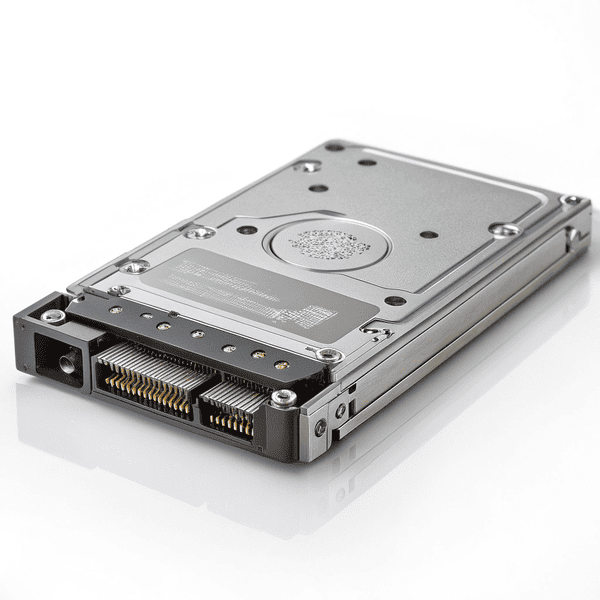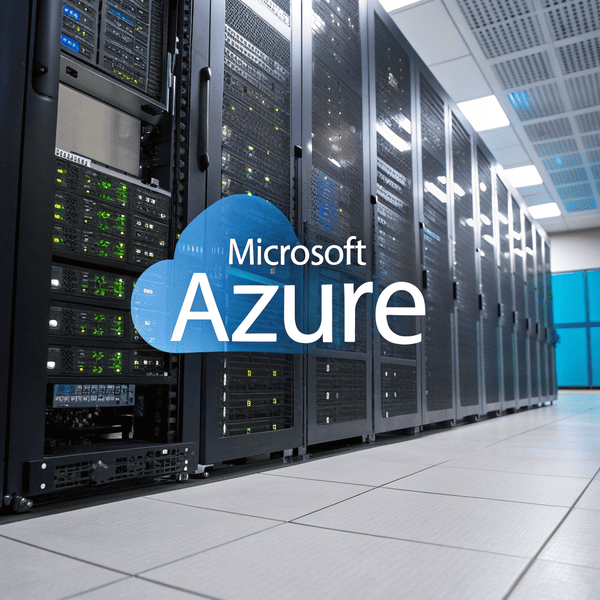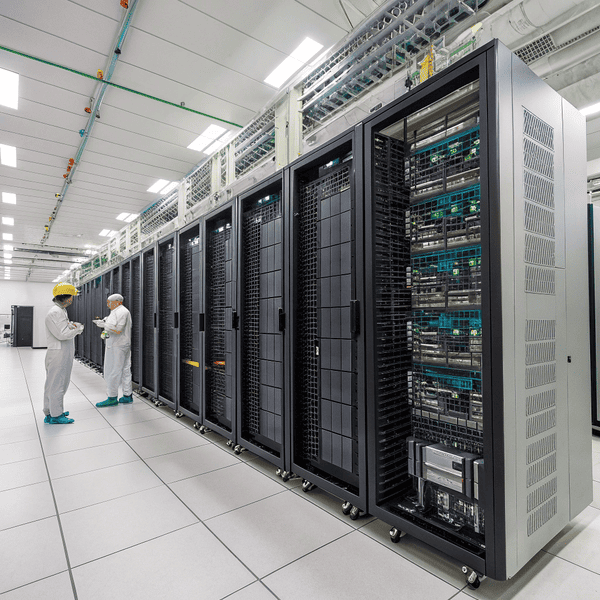The world of storage is changing fast—The world of storage[^1] is changing fast—SSDs are everywhere, speeding up computers and making systems more reliable and efficient
[^1]: Discover the latest trends and innovations in storage technology that are shaping the future.
are everywhere, speeding up computers and making systems more reliable and efficient[1][5].
A solid-state drive (SSD) is a storage device that uses integrated circuits—usually NAND flash memory—to store data persistently. SSDs have no moving parts, so they’re much faster, more durable, and more energy efficient than hard drives[1][2][4][5][6][12].
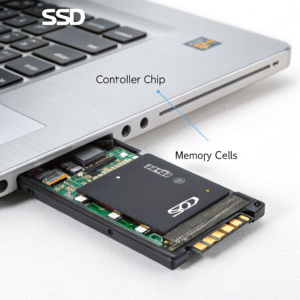
If you want your computer to work faster and last longer, you need to know what SSDs really are and how they can help you. I started in the days when slow, spinning HDDs were the norm, but today, almost every serious project I work on uses SSDs for their speed and reliability. Let’s dive in.
What is the solid state drive?
Too many people still confuse SSDs with memory or just “fast hard drives,” but the truth is simpler—and much more important[1][5].
A solid-state drive (SSD) is a storage device that uses non-volatile integrated circuits (mainly A solid-state drive (SSD)[^1] is a storage device that uses non-volatile integrated circuits (mainly NAND flash memory) to store data, with no moving parts
[^1]: Exploring the benefits of SSDs can help you understand why they are preferred for speed and reliability in data storage.
) to store data, with no moving parts. SSDs provide fast, persistent storage for computers and other devices, replacing mechanical hard drives[1][2][5][6][12].
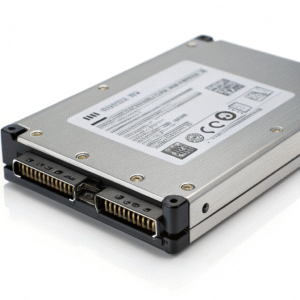
SSDs are like high-speed libraries for your files and programs—ready to deliver what you need in a split second. Because they use flash memory, and not spinning magnetic disks, they skip the mechanical delays that come with hard drives. Every time I’ve upgraded a client from an HDD to an SSD, the most common reaction is, “Wow, my computer feels new again!” The basic parts inside every SSD are the controller (the device’s “brain”) and the memory chips where your stuff is stored[4][56].
Traditional hard drives (HDDs) store data on spinning platters and use moving heads to read and write data, which leads to higher latency, more power use, and increased risk of damage from bumps or drops. SSDs, on the other hand, can store and retrieve data much faster, run nearly silently, and are far less likely to fail because of physical shock[1][5][6][34][36].
And their benefits go far beyond just speed—SSDs also help laptops run cooler, extend battery life, and make all sorts of devices—from PCs and tablets to data center servers—more reliable and efficient[5][12].
Is solid state drive the same as SSD?
People sometimes get confused by all the names out there, but there’s no trick: SSD and “solid-state drive” refer to the exact same thing[1][5][6].
“Solid-state drive” and “SSD” are two names for the same device. SSD is just the common abbreviation for solid-state drive, and both mean a drive that stores data on flash memory chips with no moving parts[1][2][5][6].
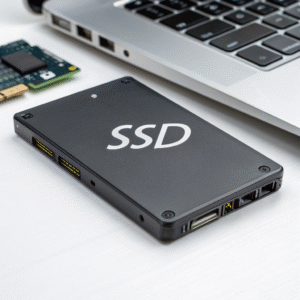
In the early days, you might have heard “flash drive,” “solid-state disk,” or other names, but modern technology has settled on “SSD” as the catch-all term. Whether someone calls it a solid-state drive, SSD, or even “solid-state disk,” they’re always talking about that super-fast, non-mechanical way to store files, applications, and operating systems. I’ve seen beginners get confused by salespeople or online posts using both terms, so I always keep it simple: SSD = solid-state drive. No difference, no tricks[1][2][4][5].
What are the three types of SSDs?
When someone says “SSD,” it actually covers a lot of shapes, sizes, and connections. You’ll find SSDs in laptops, desktops, servers, and even in slim, lightweight tablets[1][11][13][14][15].
The main three types of SSDs are SATA SSDs, NVMe SSDs (typically using PCIe), and M.2 SSDs. Each type can look different and connect to your system in a different way, offering unique speeds and features[1][5][11][13][14].

Let’s break down these three types clearly:
1. SATA SSD
- Description: Uses the same connection as most hard disk drives. Usually comes in the familiar 2.5-inch size.
- Speed: Faster than HDDs, but limited by the SATA interface (up to about 550 MB/s).
- Best for: Upgrading older laptops or desktops with an easy “drop-in” replacement for an HDD. Reliable and cost-effective.
- Form factors: 2.5-inch, mSATA.
2. NVMe SSD
- Description: Uses the PCIe bus and the NVMe protocol, developed specifically for fast SSDs.
- Speed: Much faster than SATA—can exceed 7,000 MB/s (or even more with PCIe 5.0)[13].
- Best for: High-performance desktops, gaming, video editing, data centers.
- Form factors: M.2, U.2, add-in cards (AIC)[11][13][15].
3. M.2 SSD
- Description: Refers to the form factor—a slim, stick-like device that plugs directly into the motherboard. Can use either SATA or NVMe/PCIe interfaces.
- Speed: Depends on the underlying protocol—M.2 with SATA is about the same as a 2.5" SATA SSD, but M.2 with NVMe is much faster.
- Best for: Modern laptops, ultrabooks, desktops where space and speed are priorities.
| SSD Type | Interface | Max Speed (MB/s) | Typical Devices | Best Use Case |
|---|---|---|---|---|
| SATA SSD | SATA | ~550 | Laptops, desktops | Upgrading from HDD |
| NVMe SSD | PCIe/NVMe | 3,500 – 7,000+ | Desktops, workstations, servers | Extreme performance, gaming, pro workloads |
| M.2 SSD | SATA/NVMe | ~550 / 7,000+ | Laptops, desktops | Compact, high-speed storage |
There are also other types like U.2, mSATA (for older or special ultralight devices), and even enterprise-only forms like EDSFF, but the big three above cover almost every home and business use today[11][12][13][15].
When I help a friend or client pick an SSD, the conversation always comes back to: What’s the device? How fast do you need it? What connectors and slots are available? For average users, a 2.5-inch SATA SSD is an easy, huge upgrade. For new laptops or speed-hungry users, M.2 NVMe drives are the new standard.
Conclusion
SSDs—solid-state drives—are revolutionizing storage thanks to their speed, reliability, and versatility. They come in several main types, with SATA, NVMe, and M.2 at the core of today’s computing world[1][5][11][12][13][14][15].

